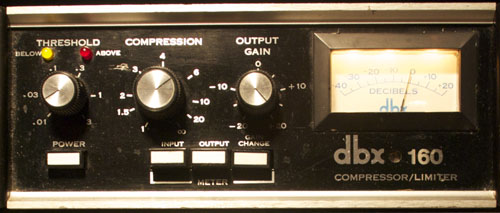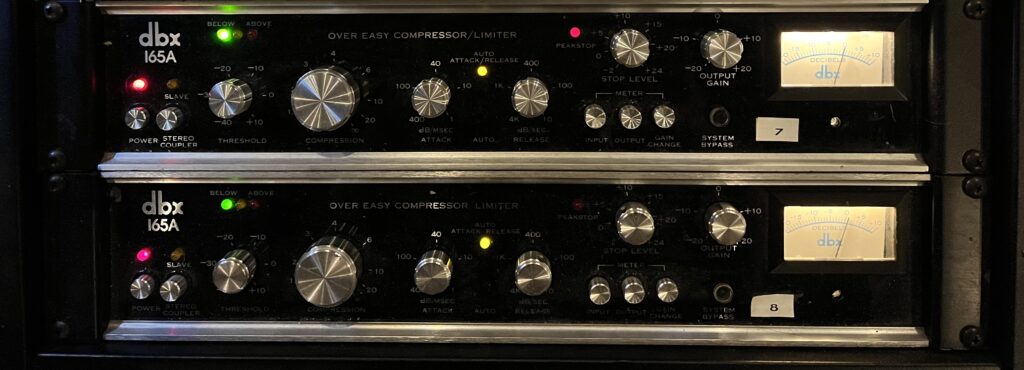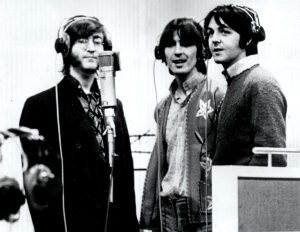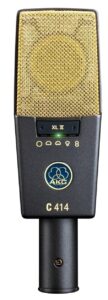Posted by Jim Morris on March 11, 2019
The dbx company grew out of the need to reduce tape machine noise. It was founded by David Blackmer and the first products used a solid-state voltage control amplifier (VCA) coupled with a RMS based detection and control circuit. The idea was essentially to compress the dynamic range of the incoming audio signal, then record the result on tape. At this point, the audio would exist on the tape as well as the inherent tape noise. However, since the audio signal was compressed before it was recorded, the volume of the signal on tape was always relatively high. Upon playback, the dbx system would “expand” the entire replay signal (noise included now) with essentially the reverse of the compression curve. Now when the signal was quiet, the noise was expanded downward. During louder passages, the noise was for all practical purposes “drowned out” by the original audio signal. The system did not require elaborate input and output calibration, making it easier to use than the popular Dolby system. Unfortunately, I have always felt that the dbx noise reduction system created too many noticeable artifacts, such as “pumping” and unnatural attack transients.
In 1976 someone must have convinced Mr. Blackmer to create a single ended compressor system. This was probably offensive to his sensibilities, as he had created the company to make it possible to improve or at least maintain dynamic range in source material, and now he was trying to develop a system for squashing the dynamics. His first product in this regard was the dbx 160. This was a half wide rack piece with a VU meter for monitoring signal strength or gain reduction. The only controls available were threshold, ratio and output gain. We have several of these here at Morrisound and I find them powerful for drums and guitars. They definitely impart a certain color and character to fast transient style material that I think is very cool. I suppose my most common use for the 160 is to punch up a snare drum. Must be heard!!!




